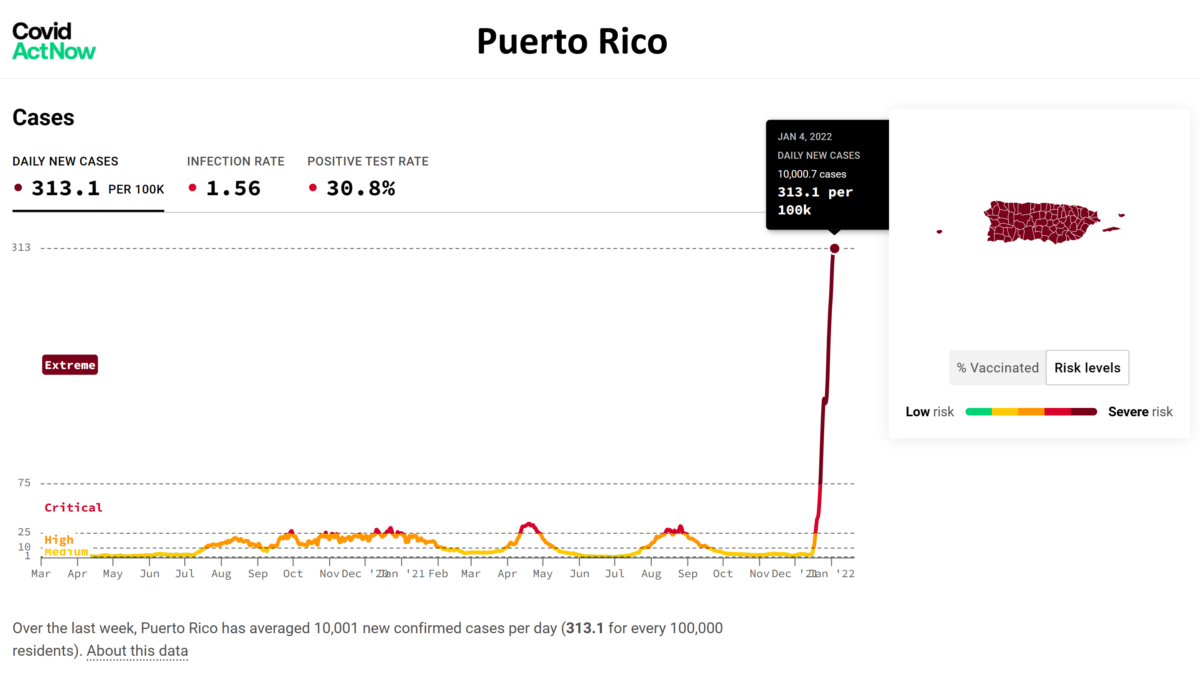Deforestation reducing monsoon rainfall in India – ‘That is really alarming’
By Shreya Dasgupta
2 September 2016 (mongabay.com) – Around 80 percent of India’s annual rainfall comes from the Indian summer monsoon, spanning from June to September. But deforestation over the past few decades has caused summer monsoon to weaken, resulting in a considerable decline in rainfall, concludes the study published in Scientific Reports. “Monsoon is believed to be a product of large scale atmospheric circulation,” co-author Subimal Ghosh, associate professor at the Department of Civil Engineering in IIT Bombay, told Mongabay. “But our study found that there are local factors such as changes in land use and land cover that lead to changes in monsoon rainfall. These local changes are in our hands, and because of them there has been a significant reduction in rainfall over two major regions, the Ganga basin and northeast India. That is really alarming.” Ghosh and his colleagues found that both forest cover and monsoon rainfall declined considerably between the years 1980-1990 and 2000-2010. The reduction in rainfall was especially pronounced in north and northeast India. The study’s models also showed that the large-scale conversion of forests to crop lands had resulted in a decline in evapotranspiration, a process by which moisture is transferred from soil and plants to the atmosphere. “When there is a huge conversion of forest to cropland, there is a reduction in leaf area index,” Ghosh explained. “Moreover in forests, the vegetation is deep-rooted, and can easily extract soil water. But crops have shallow roots and are unable to extract water that easily. So deep rooted forest vegetation tends to have higher evapotranspiration.” Decline in evapotranspiration in turn reduces “recycled precipitation”, or rainfall resulting from evapotranspiration. In a previous study, Ghosh’s team found that recycled precipitation plays an especially important role in north and northeast India, accounting for around 25 percent of the rainfall during late monsoon (August and September). [more]
Deforestation reducing monsoon rainfall in India: new study
ABSTRACT: Weakening of Indian summer monsoon rainfall (ISMR) is traditionally linked with large-scale perturbations and circulations. However, the impacts of local changes in land use and land cover (LULC) on ISMR have yet to be explored. Here, we analyzed this topic using the regional Weather Research and Forecasting model with European Center for Medium range Weather Forecast (ECMWF) reanalysis data for the years 2000–2010 as a boundary condition and with LULC data from 1987 and 2005. The differences in LULC between 1987 and 2005 showed deforestation with conversion of forest land to crop land, though the magnitude of such conversion is uncertain because of the coarse resolution of satellite images and use of differential sources and methods for data extraction. We performed a sensitivity analysis to understand the impacts of large-scale deforestation in India on monsoon precipitation and found such impacts are similar to the observed changes in terms of spatial patterns and magnitude. We found that deforestation results in weakening of the ISMR because of the decrease in evapotranspiration and subsequent decrease in the recycled component of precipitation.
Weakening of Indian Summer Monsoon Rainfall due to Changes in Land Use Land Cover

